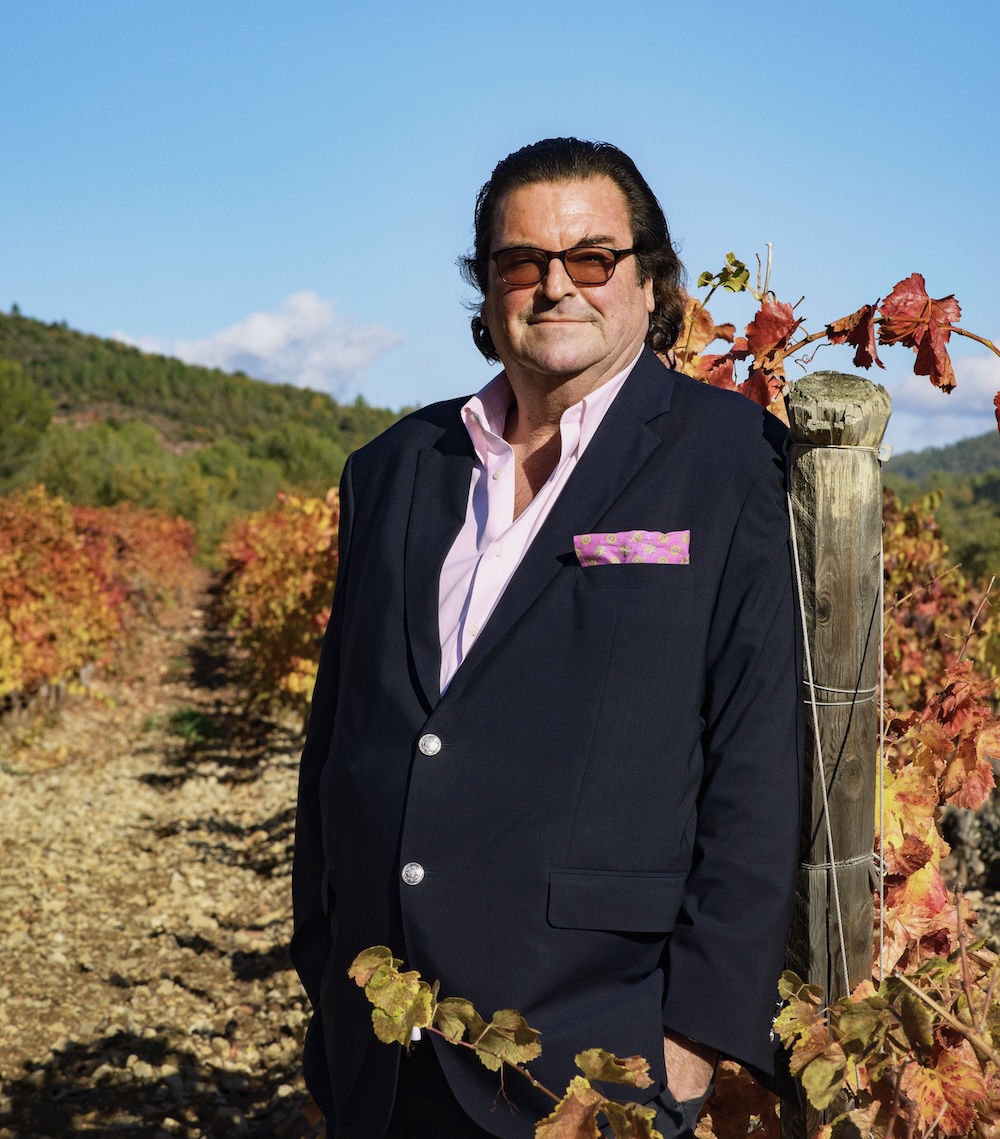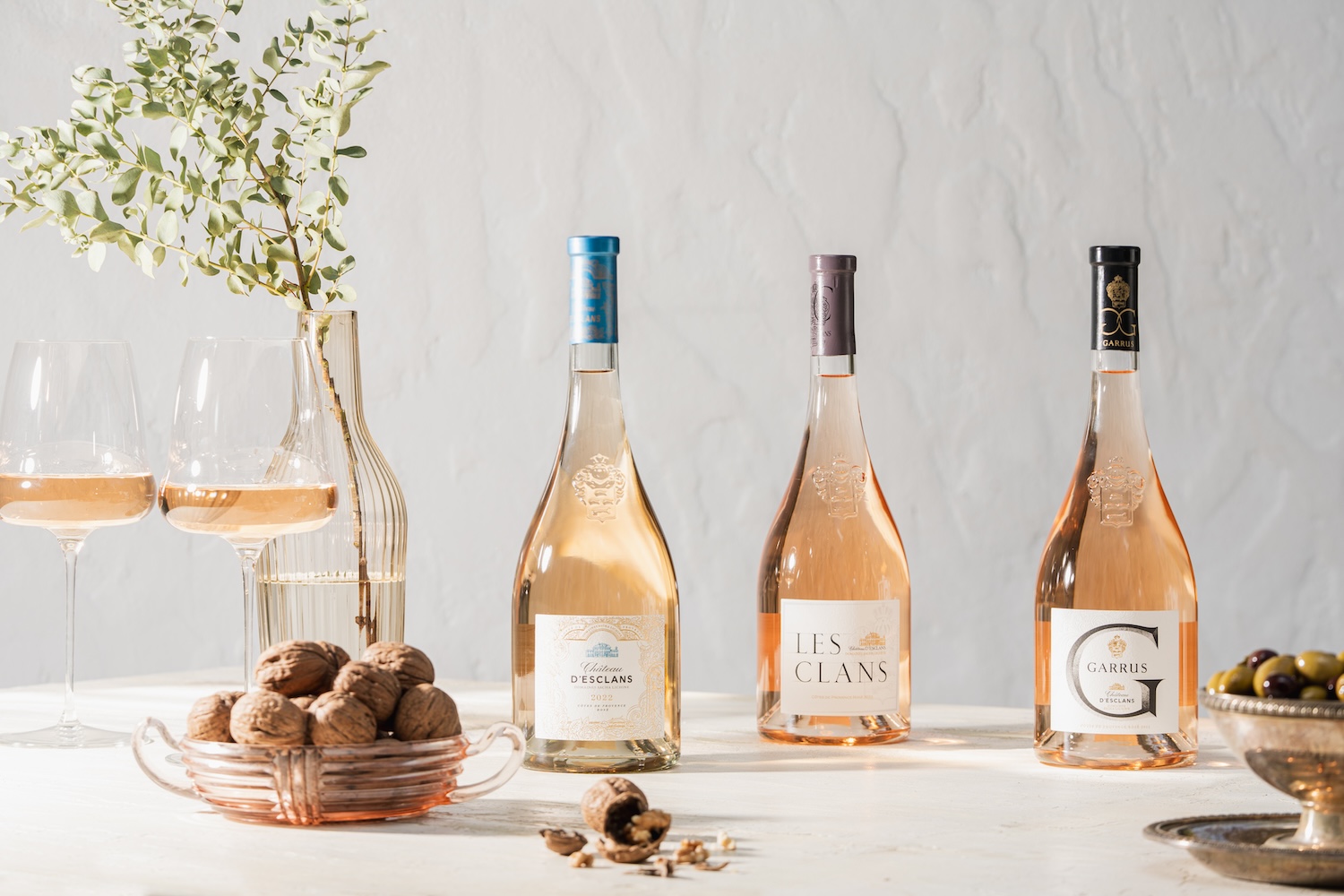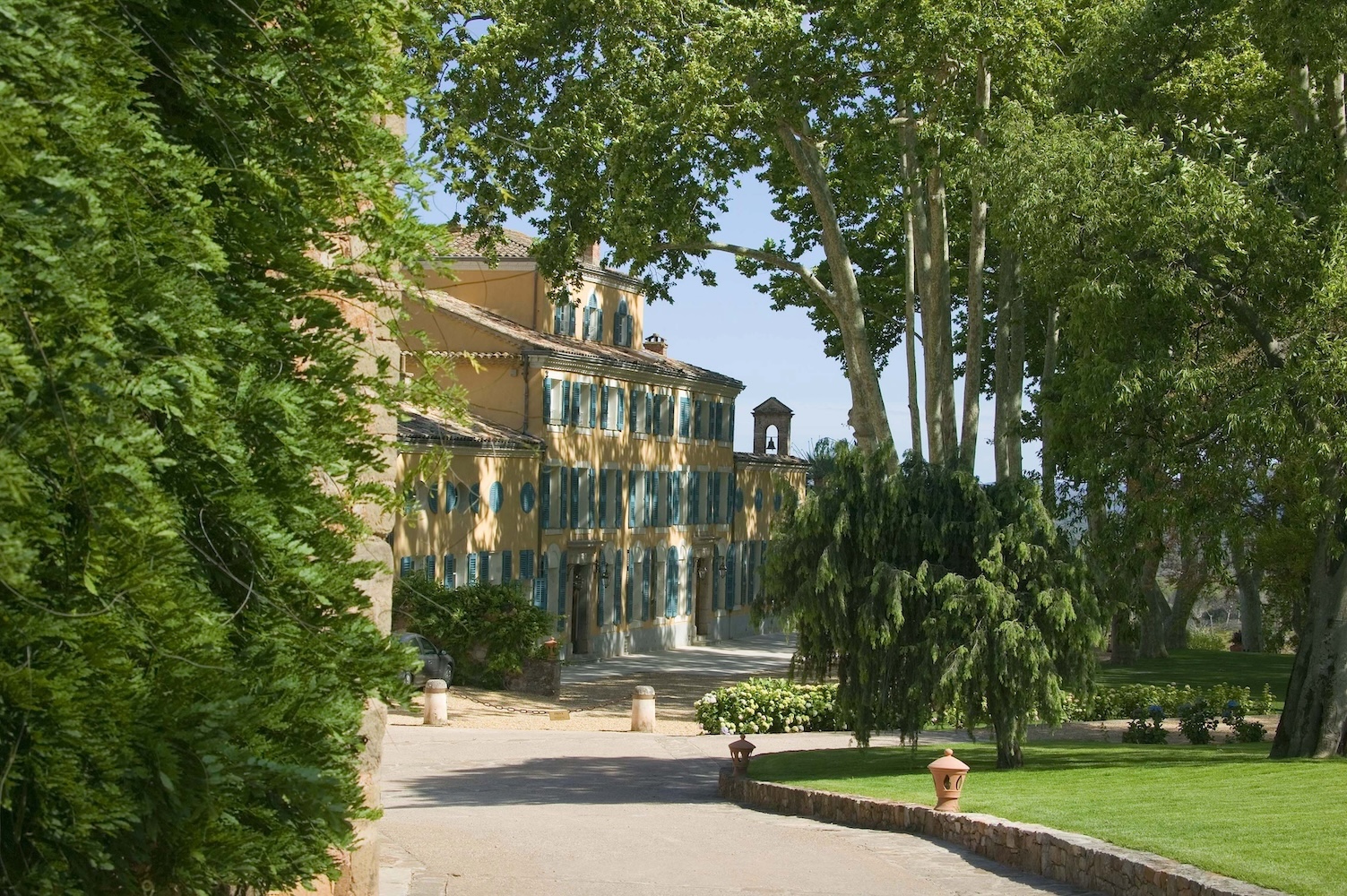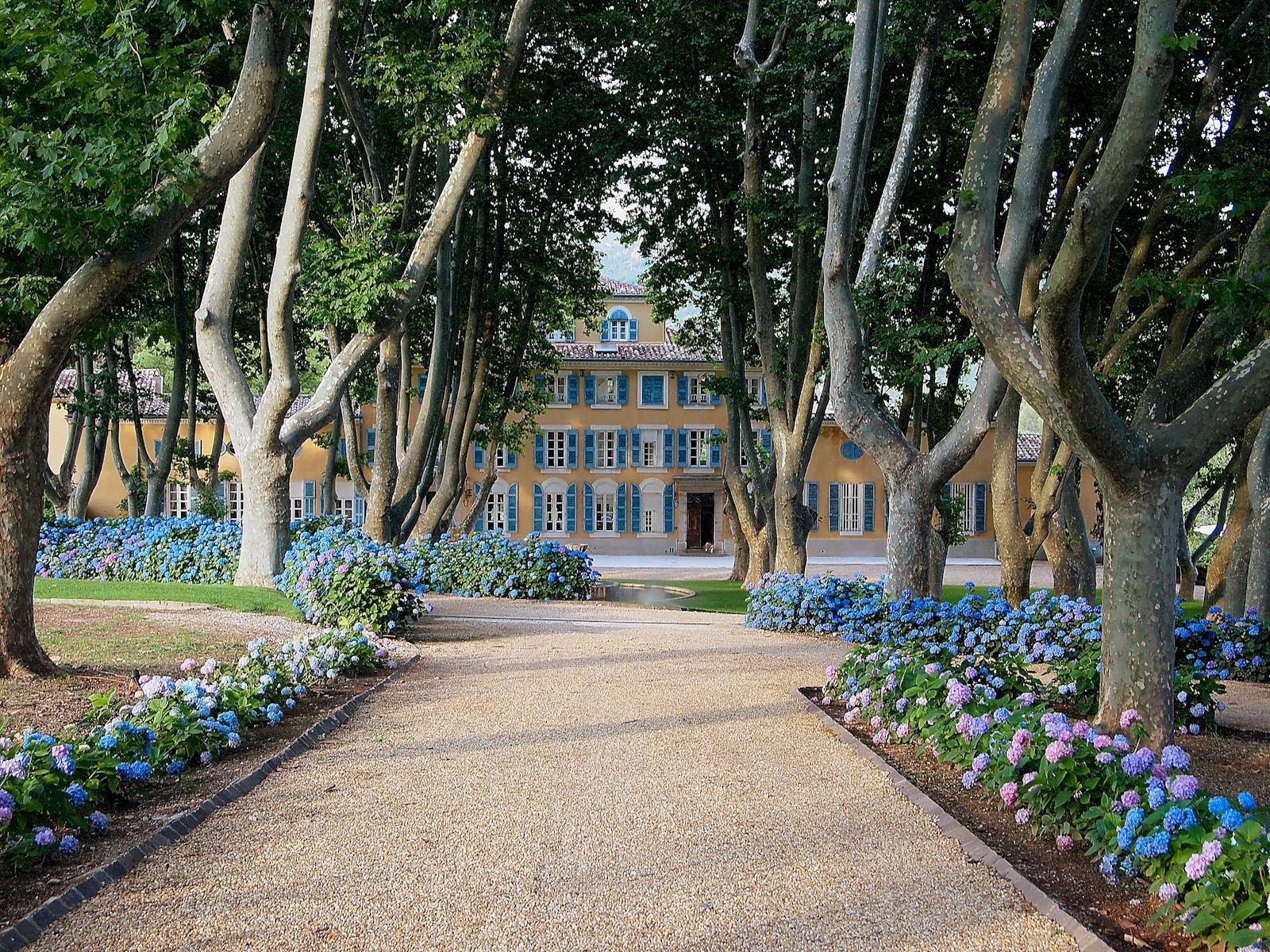20 years ago, rosé was a poolside afterthought. Then came Château d’Esclans—and everything changed.
The estate sits in Provence’s hinterland, northeast of St. Tropez. Vines stretch toward the Massif des Maures, with breezes off the Mediterranean. Château d’Esclans itself dates back to the 19th century, though its oldest Grenache vines are more than 100 years old. The land was always promising. It just needed someone to reimagine its potential.
Enter Sacha Lichine. In 2006, he bought the property with a singular mission: make the world’s best rosé. Lichine came from Bordeaux pedigree—his father, Alexis, helped reshape French wine in the mid-20th century. But Sacha had something else in mind: a chilled bottle of pale pink wine that could command attention, price, and placement.

It worked.
Today, Château d’Esclans produces a portfolio that ranges from accessible to extraordinary. Whispering Angel, its flagship, is an international phenomenon—served everywhere from yacht decks to downtown rooftops. Dry, elegant, and mercifully not too fruity, it helped define modern rosé’s signature style. It also showed that pink wine could be serious, without being pretentious.
“Why shouldn’t rosé have a grand cru?”
Sacha Lichine, proprietor, Château d’Esclans
The Pale followed: a lighter, more casual bottling with Art Deco-inspired branding. It’s the kind of wine that appeals across generations—bright, crisp, and not remotely stuffy. Meanwhile, Rock Angel adds a touch of oak and more structured fruit. It’s for people who want depth without losing the lift.
Then there’s the top tier. Chateau d’Esclans, Les Clans, and Garrus come from the estate’s oldest vines. The trio sees barrel fermentation and extended aging, more in line with fine white Burgundy. Garrus, especially, has caused wine professionals to rethink what rosé can be. With its creamy texture, wild strawberry notes, and long mineral finish, it has more in common with Montrachet than the beach.

Distribution has kept pace. The wines are now in more than 100 countries. Celebrity endorsements haven’t hurt. Nor has the sense that you’re drinking something culturally specific—southern France, in a glass—but universally stylish.
Critics once dismissed rosé as unserious. Château d’Esclans disproved that—with winemaking rigor, yes, but also with charm. The estate embraced modern marketing, sleek design, and clear messaging. It made rosé aspirational, without making it inaccessible.

 This and above, Château d’Esclans
This and above, Château d’Esclans
Others followed. Provence rosé is now a $2 billion industry. Pale pink bottles dominate warm-weather shelves from Paris to Palm Beach. But Château d’Esclans still leads, both in volume and influence. The winery didn’t just ride the rosé wave. It helped start it.
As for Lichine? He remains outspoken, ambitious, and—by most accounts—delighted. “Why shouldn’t rosé have a grand cru?” he once asked. Château d’Esclans is his answer.
And a cold bottle of Whispering Angel is still the quickest way to taste the revolution.
Photos courtesy of Château d’Esclans
